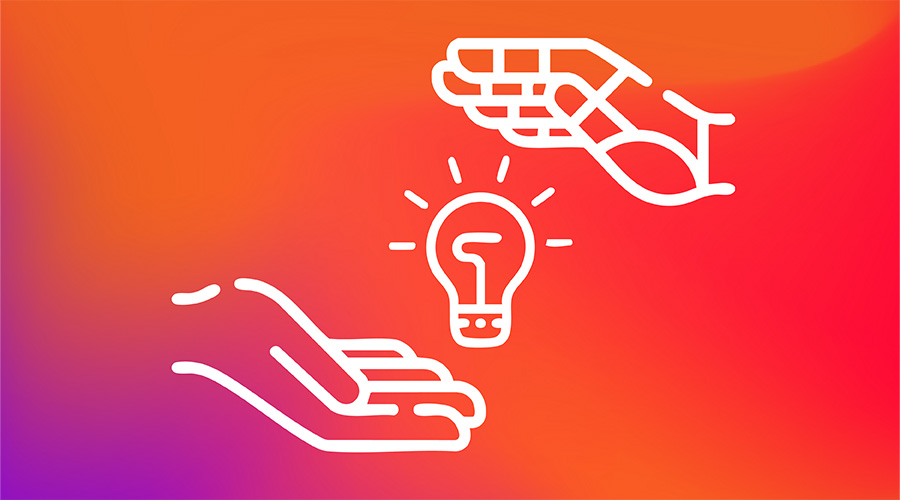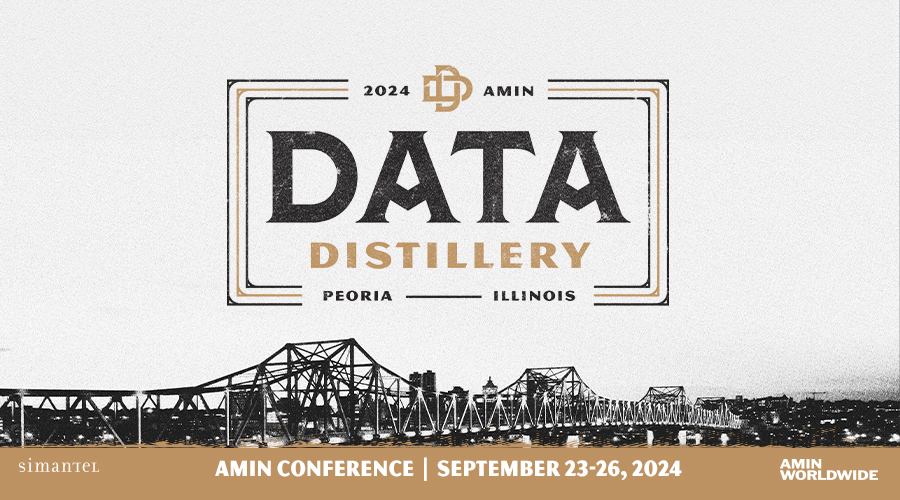Artificial intelligence (AI) has moved beyond the phase where everyone is talking about it. It now spans nearly all industries as companies look to make their data and automation work for them in new ways. Incorporating AI can take time, money and a major cultural shift, but once incorporated, it can propel your campaigns into a whole new world of marketing.
Why is big data important?
Digital advertising and media continue to rely heavily on big data to improve performance, take optimizations up a notch, save time and money, and get messages in front of target audiences quicker. But how does this all get done?
Data is the link between technology and consumer digital usage, and there is definitely no shortage of it to go around. The challenge comes when trying to leverage this data in an efficient, innovative and accurate way to meet the needs of brands and consumers.
Today brands expect full transparency when it comes to performance and their return on investment. In turn, consumers expect simple and relevant digital experiences. As these needs continue to grow and evolve, we need a better way to translate data into actionable insights. Enter artificial intelligence.
Imagine teaching a machine how to read and analyze your data. The machine then learns from that data, creates insights for you and tweaks your campaign strategy to best align with your decisions along the way. In its simplest form, this is machine learning, otherwise known as artificial intelligence.
Let’s uncover two truths and a lie about incorporating artificial intelligence into your media strategy so your campaigns aren’t left in the dust.
Truth: Machine learning has been in the media space for several years as a part of programmatic media purchases.
Although AI can sound lofty, it can be simplified as a number of technologies that think and learn on their own. Machine learning can interpret differences between what’s working and what’s not, and then clean out what’s not likely to work from your campaign.
Specifically, as it relates to programmatic media buying, machine learning creates an algorithm to define the audience and placements which will be most likely to convert when served the right ad.
The algorithm accounts for what device a user is on, what time of day it is, user demographics, the content publisher and additional variables. This is all added up to a score which denotes how likely the user is to take the desired action.
From there, the user is served an ad and the machine records what the user did. The machine takes that insight and adjusts the algorithm according to the success of previous media placements. The key here, is that all of this is being optimized within a few seconds rather than days.
Today, AI is being used as a way to predict buying patterns and user actions. Marketers can estimate the chance a user will click on an ad and what the potential outcome will be to determine how much they want to bid on a placement. AI can also create a lookalike audience to find users who are similar to those who are successfully engaging with campaigns.
Truth: AI is making marketing more personalized.
Remember when a media buy would take months of preparation only to be placed in a magazine with only a portion of the readers finding your advertisement relevant? Your ad would have to speak to users as a category rather than individually, and the chances of someone taking action from seeing the ad were pretty low.
Gone are the days of creating one or two ads and relying on broad, category-based targeting to serve your audience. Personalization is here to stay. Rather than serving users more ads, it’s time to serve them the right ad.
Studies show 52 percent of consumers are likely to switch brands if a company doesn’t personalize communications to them, and 65 percent of business buyers are likely to switch brands if a vendor doesn’t personalize communications to their company. Customers increasingly expect consistent, personalized experiences and are willing to trade data for better experiences.
Not only does AI make it easier to create integrated marketing campaigns, it allows marketers to reach users with personalized messages at scale, fast. Let’s look at an example.
You’re running an ad with either a solid or image-based background and you see that the solid ads have a higher click rate with a segment of your audience. In the past, marketers would take days or weeks A/B testing and segmenting to determine a winning approach. With AI, data can be analyzed in seconds and targeting can be more accurate and more quickly implemented, simplifying the entire process.
Artificial intelligence can also help you create and change content faster while still reaching users on a personalized level. By creating a suite of dynamic creative assets-such as multiple backgrounds, products, headlines, and calls to action – AI can automatically test and place the best performing, dynamic ad in front of the user at the proper time.
Related: Reaching a Segment of One
Lie: Technology will be able to plan and execute media campaigns from initiation to completion.
While machine learning is all about predicting habits, advertising is all about being unpredictable and standing out. Technology may streamline several marketing tasks, but human interaction and creativity is key to keeping a winning strategy on point from initial brainstorms to fully executed campaigns.
By utilizing this technology to aid real-time campaigns that adapt faster and convert at higher rates, marketers will be able to dip their toes into new trends quicker than ever before.
Source – ”State of the Connected Customer,” October 2016





